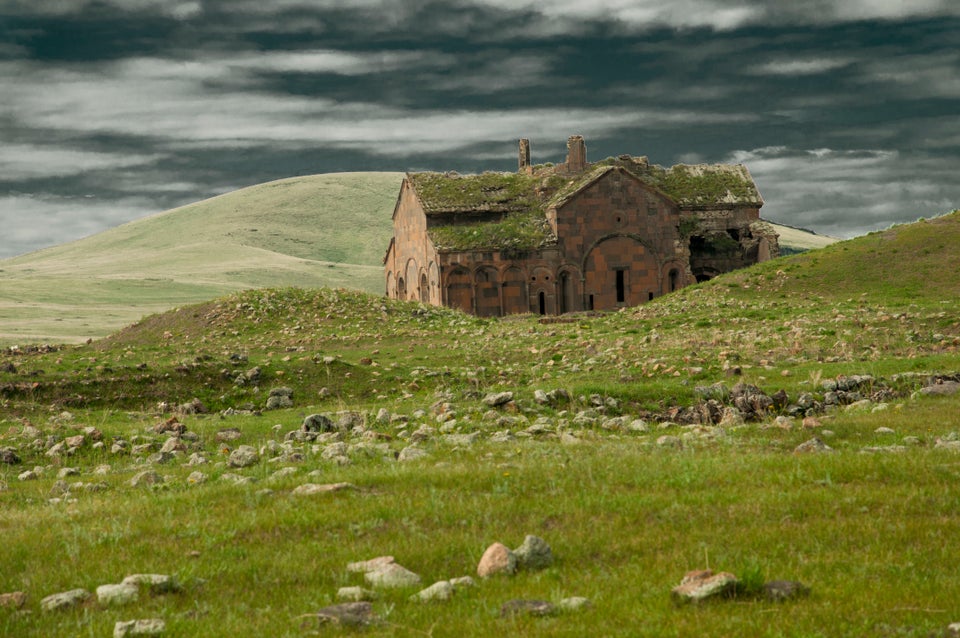The world is full of beautiful places, but not all of them will stay that way.
This week, UNESCO released its annual state of conservation reports, which outline which of its famous designated World Heritage Sites are in danger of losing the historic, cultural or natural characteristics that made them World Heritage Sites in the first place.
Places on the “Danger List” face threats like soil erosion, lack of water and poor land management, to name a few. The World Heritage Committee prepares conservation reports for these places so it can discuss ways to better protect and conserve them if needed.
Tourism can harm the world’s wonders, but it can also help them when done responsibly. Below, find 19 places from UNESCO’s conservation reports that warrant a responsible visit. To compile this list, we pulled spots that appear on the Danger List, omitting any that come with travel warnings form the U.S. State Department. While such places are no less important, it’s not recommended that you visit them now, typically because of war, crime, or other dangers.
Peruse the options below, pack your bags, and check out UNESCO’s reports for more information on why these places are endangered and how you can help.
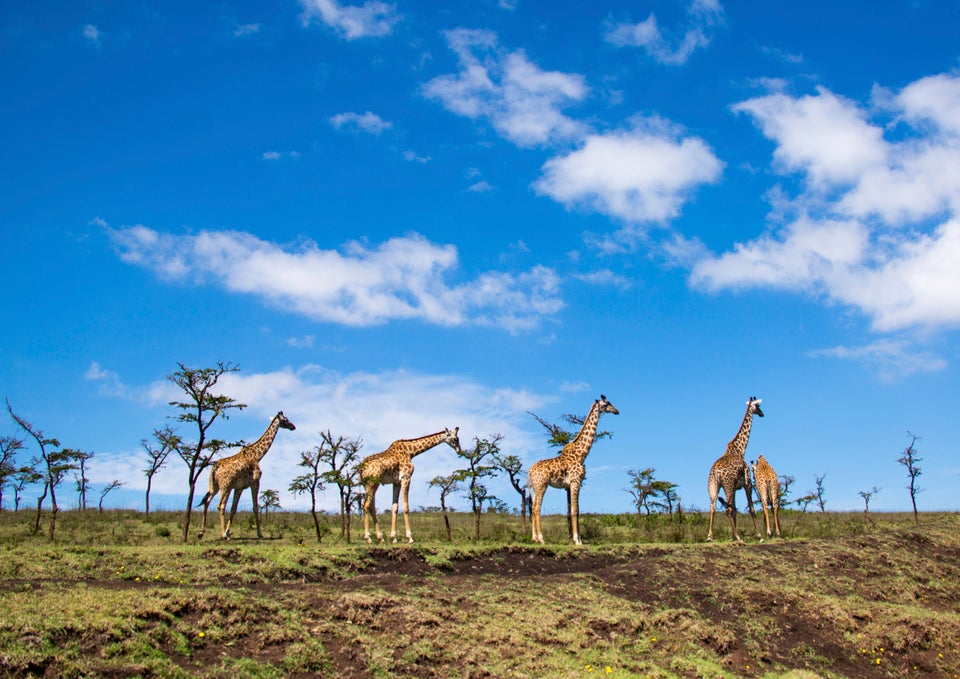
Under threat due to: crop production; governance; ground transport infrastructure; social cohesion and more
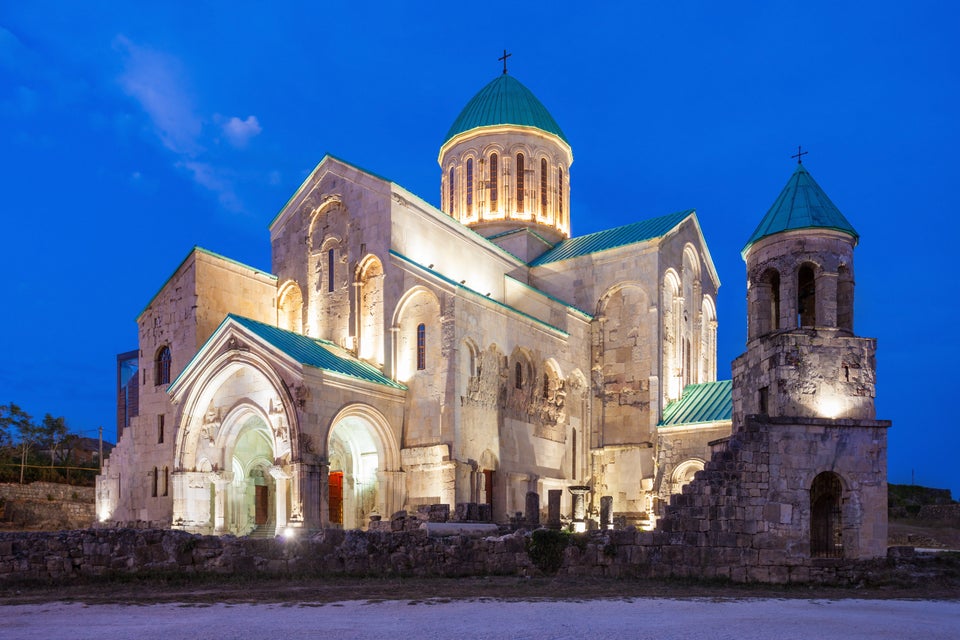
Under threat due to: interpretative and visitation facilities; management activities
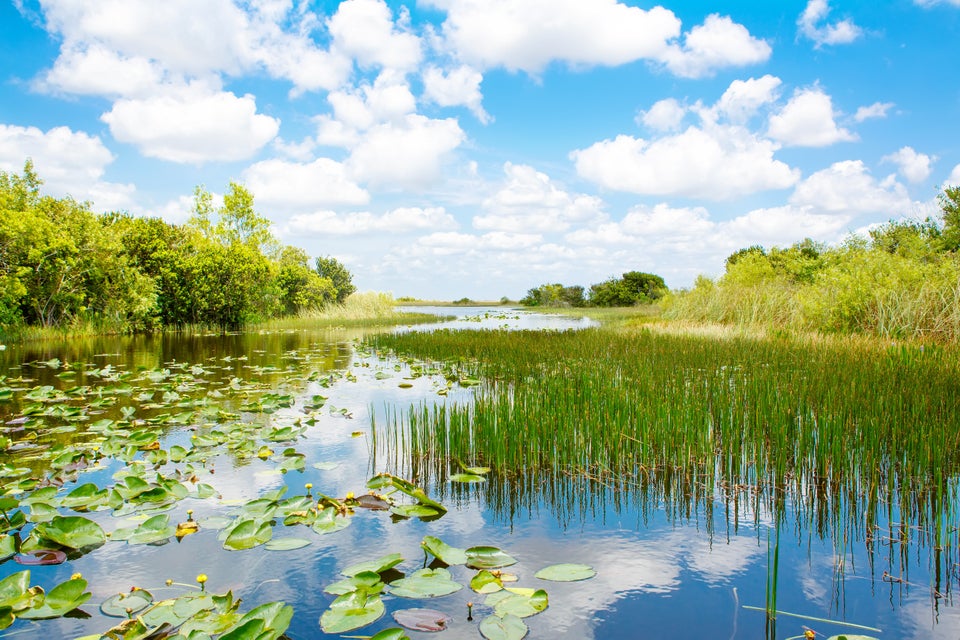
Under threat due to: housing; invasive/alien freshwater species; storms; surface water pollution; water infrastructure
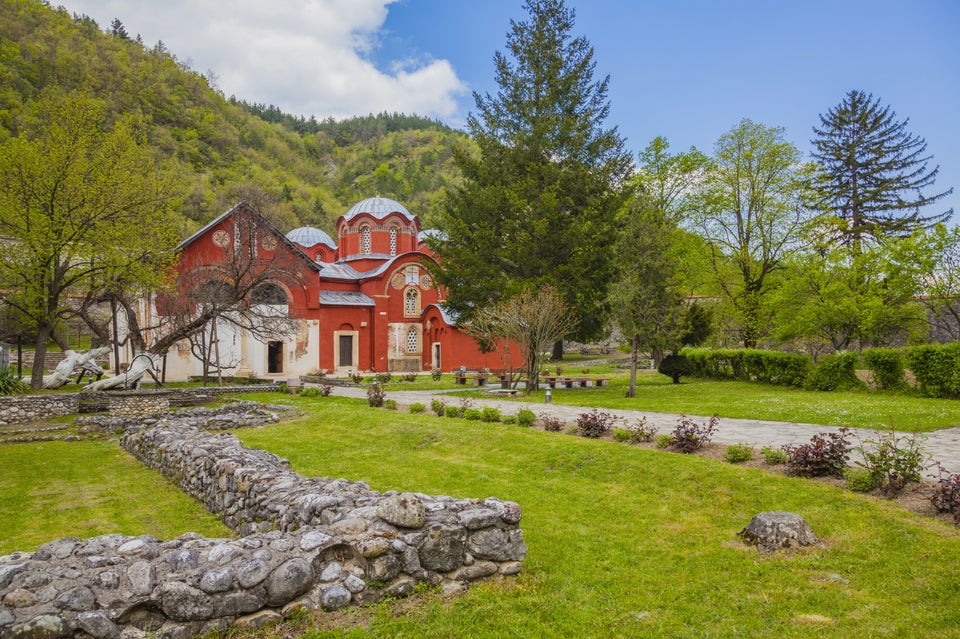
Under threat due to: civil unrest; legal framework; management systems/management plan
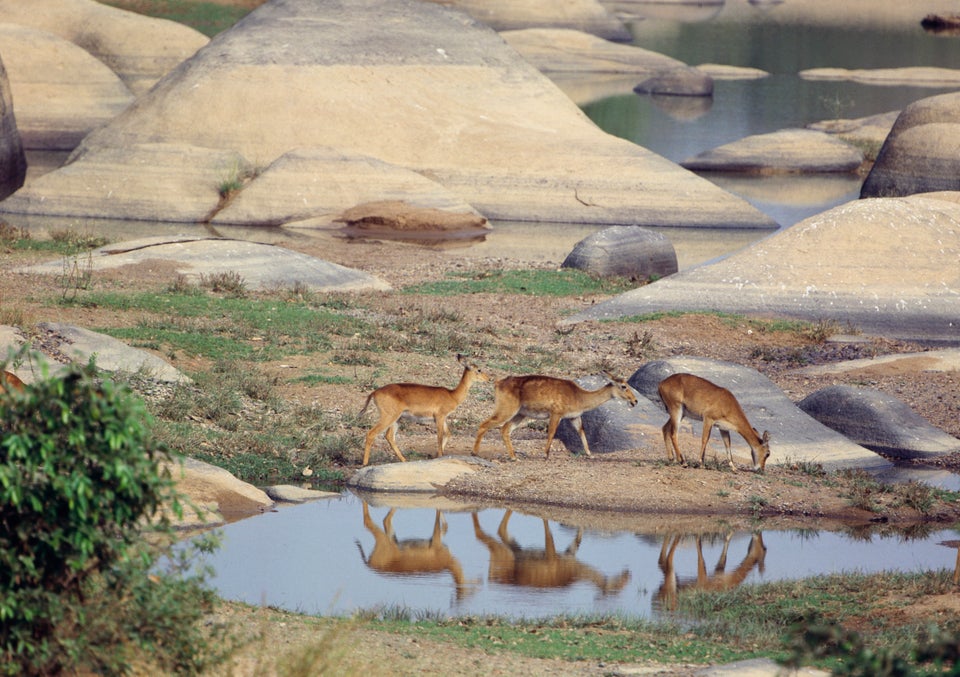
Under threat due to: civil unrest; fire; illegal activities; land conversion; livestock farming/grazing of domesticated animals; management systems/management plan
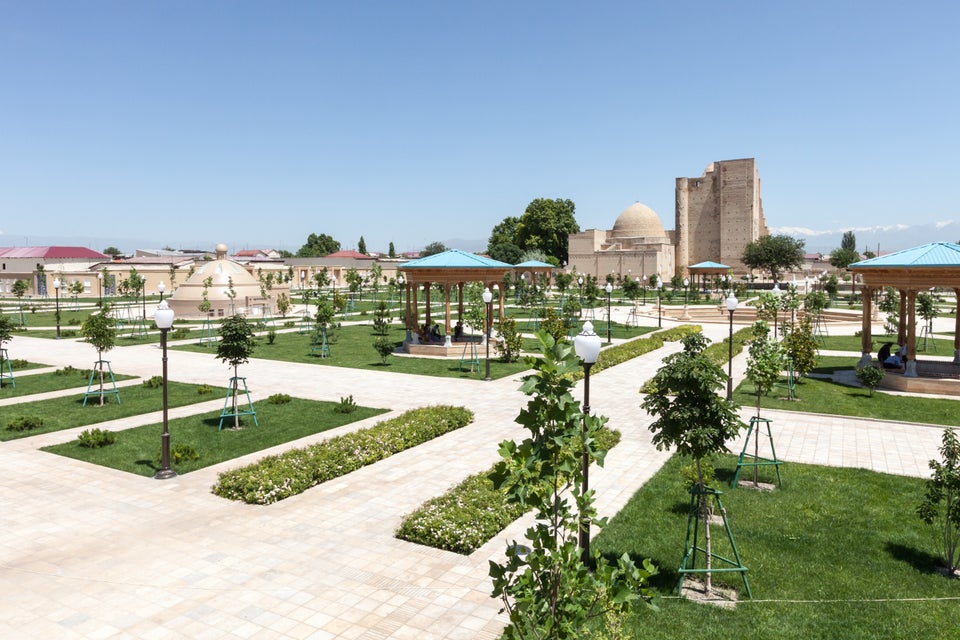
Under threat due to: financial resources; housing; human resources; legal framework; management activities; management systems/management plan

Under threat due to: ground transport infrastructure; management activities; management systems/management plan; fire
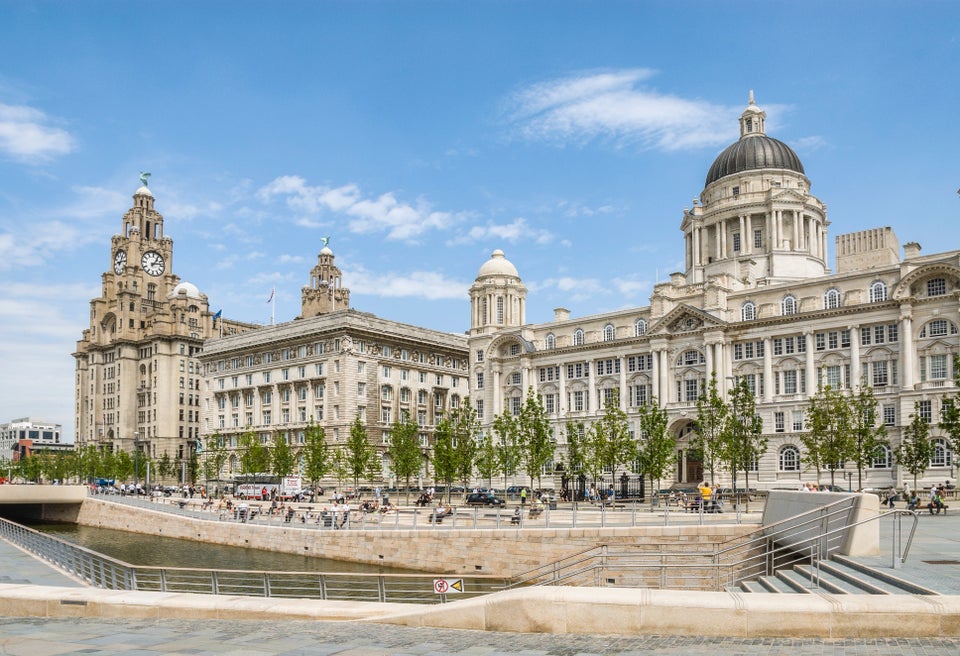
Under threat due to: commercial development; governance; high impact research/monitoring activities; housing; interpretative and visitation facilities and more

Under threat due to: identity, social cohesion, changes in local population and community; illegal activities; management systems/management plan; water
